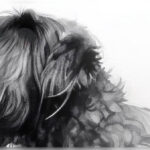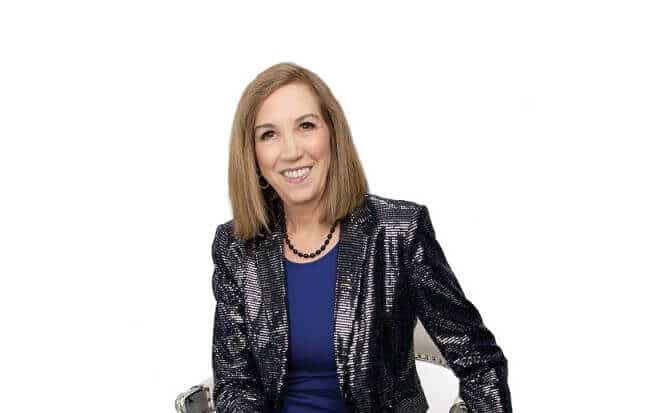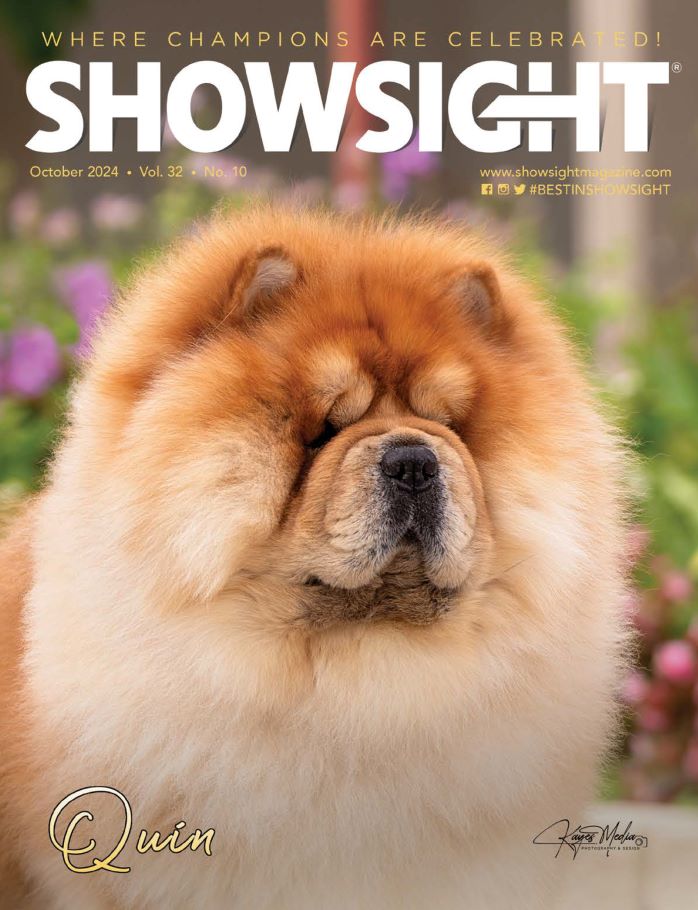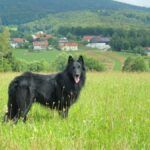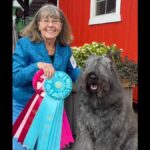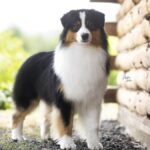Interview with Working Group Judge Lee Whittier
Where do I live? How many years in dogs? How many years as a judge?
Lee Whittier: I have lived in the Pacific Northwest for 14 years and in Vermont for my adult life before that. I have always had dogs, and my mother was a hobby breeder who showed occasionally. I started showing dogs in my early 20s as a result of my exposure through obedience. The rest is history!
What is my original breed? What is/was my kennel name?
Lee Whittier: I bred Rottweilers under the Legend prefix for over 25 years.
Can I list a few of the notable dogs I’ve bred? Any performance or parent club titles?
Lee Whittier: BIS CH Legend’s More Chutzpah was a wonderful example of the breed. CH Legends More Class UDX and OTCH had titles on both ends, and over-the-top Rottweiler, Legends Dream Reaper UDX3 OM2 VER, was very competitive on a high level in the Obedience ring. Ha-Ha! I’m just showing off a couple of fancy titles!
What are the qualities I most admire in the Working breeds?
Lee Whittier: As a judge, I want the dog to carry the important qualities from the Standard that gives him the ability to do his job properly. Note that this is the “apparent” ability because we can’t know for sure with the dog trotting around a small circle whether he can or cannot actually do the job intended. What we can do is evaluate from the knowledgeable perspective of someone with the experience of watching the different breeds work as near as possible to their original purpose. For example, a Rottweiler should appear to be able to trot all day long. He was a drover dog. He should appear agile enough to dive out of a vehicle and chase “the bad guy.” He may be aloof to strangers or have a sense of humor. (Possibly both, depending on the circumstances of his surroundings.) A Swissie should appear strong enough to pull a cart, with the correct coat to protect him. The Siberian should be able to pull that light load over 60 miles, and absolutely have the correct (and untrimmed) coat. These are just a few examples.
Have I judged any Working Group Specialties?
Lee Whittier: I have judged the Connecticut River Working Group.
Do I find that size, proportion, and substance are correct in most Working breeds?
Lee Whittier: For the most part, the dogs are correct in these aspects. However, their condition is often sorely lacking. Toplines are saggy, angulation often strays from the desired, and muscle tone overall is nonexistent. I believe this is due to lack of knowledge on the part of exhibitors. I talk extensively about conditioning in the Dog Show Mentor program, exclusively for owner handlers.
Is breed-specific presentation important to me as a judge? Can I offer some examples?
Lee Whittier: Breed-specific presentation IS important to me as a judge. Here’s why. Dogs should be presented in the ring to show their breed-specific virtues. Of course, the exhibitor must be knowledgeable enough to know what those are. Every exhibitor should know the hallmarks of their breed, and be savvy and able to show them to the judge. Often, this is a silhouette. Sometimes it’s the correct head proportions or planes; Great Danes come to mind. Tail set may be Boxers or Dobermans. Silhouette is definitely important in those breeds.
Dogs should be presented in the ring to show their breed-specific virtues. Of course, the exhibitor must be knowledgeable enough to know what those are.
What are my thoughts on cropping/docking the Working breeds?
Lee Whittier: Cropping and docking; definitely a weighty topic. I personally prefer a breed that is traditionally docked or cropped to be so in the ring. However, in many cases, a parent club has changed the Standard to reflect acceptance of uncropped or undocked, and in those cases, as a judge, I must accept this and judge the dogs all equally—or not, as the case may be. If the Standard doesn’t give any direction, I judge the dogs on the day, though when I like two dogs equally, I give more weight to the traditional alteration. That said, I have pointed to Rottweilers with tails when they were clearly the better dog on the day.
Are the Working breeds in good shape overall? Any concerns?
Lee Whittier: My primary concern is the lack of knowledge of many exhibitors. They don’t understand basic structure or conditioning, nor do they understand temperament and what it should be, and how genetics play a part, historically, in their breeds. There is also a lack of understanding of presentation, which leads me to believe that the lack of control of some dogs can put judges in harm’s way.
In my opinion, how do today’s exhibits compare with the Working dogs of the past?
Lee Whittier: In some ways they’re better now. I think we (exhibitors and judges) have improved on the standing part of type overall; however, our ability to build a better-moving dog has diminished. I believe this is partly due to the lack of understanding by many exhibitors about how a dog is put together. In part, it is also due to our purebred dog culture. We own a couple of bitches to breed rather than a larger breeding program. People don’t have the resources to “build” correct dogs. They tend to breed what they have rather than get another, better dog.
I think we (exhibitors and judges) have improved on the standing part of type overall; however, our ability to build a better-moving dog has diminished.
Why do I think the Working breeds are so admired as family companions?
Lee Whittier: They make great family companions, and families with children may feel safer with a Working breed.
Just for laughs, do I have a funny story I can share about my experiences judging the Working Group?
Lee Whittier: I really don’t; I could make one up….
